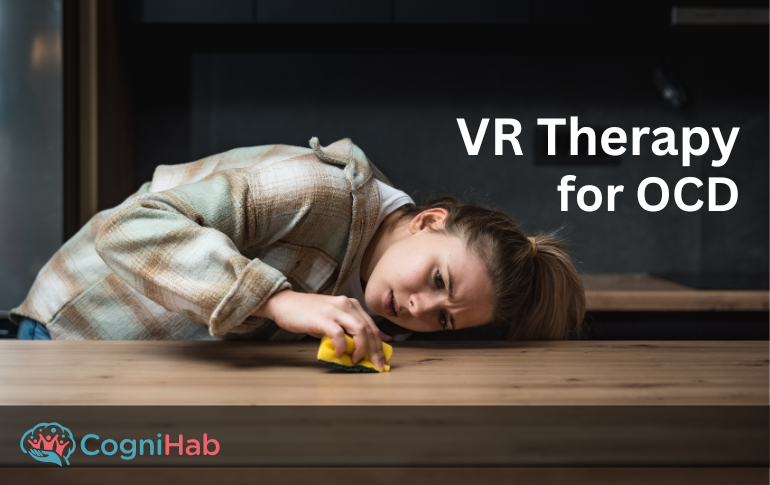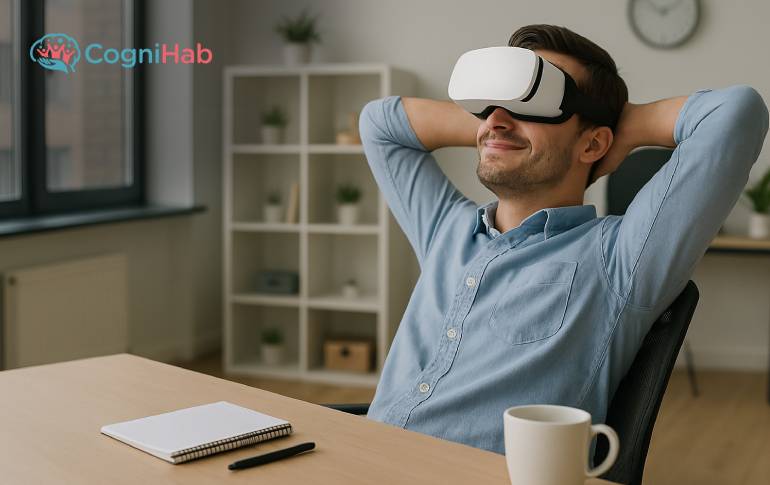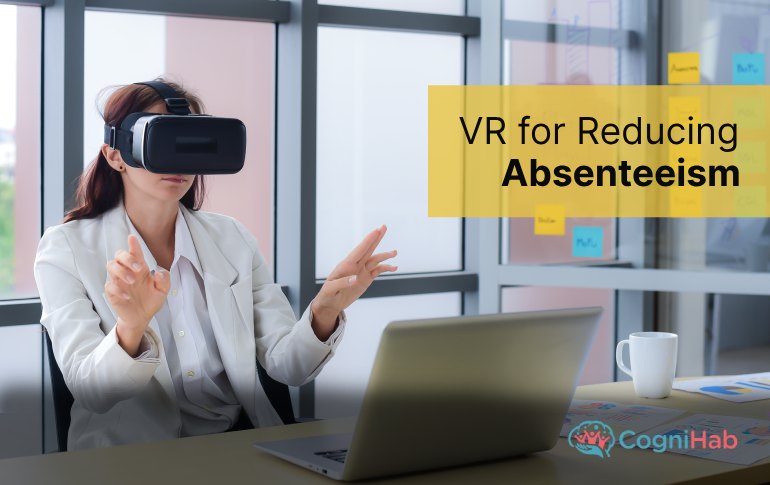Effectiveness of Vr in Cardiology: Have a Virtual Reality Tour Inside the Heart
Whether you think with your mind or with your heart, your heart is always at risk.
According to AHA data, more than 82.6 million people in the United States alone suffer from cardiovascular disease. In addition, the 'World Health Organization confirmed that 17.9 million people, or 32% of the world's population, die from CVD.
However, despite taking careful care of their health, many people get cardiovascular disease (CVD).
In this blog, we will discuss how VR can help treat cardiovascular diseases and you in the treatment.
Knowing CVD (Cardiovascular disease)
In layman's terms, cardiovascular disease occurs when the heart and blood arteries are unable to perform their tasks adequately. Although healthy persons are at risk of CVD, the risk is elevated in some circumstances. Smoking, blood pressure, cholesterol, a poor diet, No-exercise, and obesity are all risk factors.
Some of the Major Cvds Are as Below:
- Heart disease
- Heart attack
- Stroke
- Heart failure
- Arrhythmia
- Heart valve problems
- Abnormal heartbeat
- Aorta Disease and
- Marfan Syndrome
- Coronary Artery Disease
- Rheumatic Heart Disease
The doctor or medical practitioner may run some tests to confirm the cardiovascular disease. Doctors recommend electrocardiograms and echocardiograms as the most prevalent diagnostic tests. Furthermore, many doctors prefer to exercise or stress tests. These tests frequently entail walking on a treadmill or riding a stationary bike while monitoring the heart rate. Exercise testing can show how the heart reacts to physical exertion.
Although a heart CT scan is one of the preferred diagnostic tools, it is not widely used. MRI can also aid in the diagnosis of cardiovascular disorders.
VR in Cardiology
The usage of virtual reality in healthcare is growing by the day. Previously, its global market size was estimated to be $ 459.0 million in 2021, rising to $628 million in 2022. Furthermore, the global VR market in healthcare is predicted to increase at a 38.7% annual rate, reaching 6.2 billion by 2029.
Virtual reality is widely used in healthcare. Further, VR in cardiology has excellent results for cardiac rehabilitation as well as planning the treatment.
Let us take a tour inside the heart and understand the functions of Virtual reality into it.
Medical Education
Medical students have been compelled to learn from dead bodies for millennia. It is becoming increasingly difficult for young doctors and medical students to see the blood and wounds. The flow of blood frequently obscures a clear view of interior organs.
On the other hand, VR in healthcare can be used to build an augmented reality space. Students can examine the anatomy of the human body in this section. When we talk about cardiology, a student can better understand the many elements of the heart and blood arteries.
Doctors and other medical professionals utilize VR to study human anatomy, and AR offers various advantages as well. Because of an alliance between augmented reality and imaging, doctors can now understand reports more clearly.
Surgical Aid
It is no longer a secret that leading medical schools and hospitals are utilizing VR, AR, and MR technology to obtain a 3D image of the patient's body. This method assists surgeons in planning the procedure. This method comes in handy when a surgeon needs to prepare for a challenging procedure.
When combined with AR, VR can be programmed to test how the patient would react during surgery. Augmented reality can also adjust an environment to match their needs and stimulate an operation before it occurs. This helps the doctors prepare for any potential risks associated with heart surgery.
Cardiac Rehab
Rehabilitation is a crucial element of recovery after surgery. It is essentially a tailored program that assists the patient in understanding their heart condition and the exercises that must be performed. These programs aim to help people improve their health and recover from a heart attack, heart disease, or heart surgery.
Cardiovascular rehab is a collection of activities recommended by doctors after discharge. These programs are divided into the following sections.
- Exercising in VR is a lot of fun. This can be tailored to the patient's specific requirements. As a result, a patient can do it at his or her leisure. This is done in a controlled atmosphere where there is less risk.
- VR can help in the education of the patient by generating a virtual representation of medical disorders and surgical procedures. A patient can easily comprehend his condition and the surgical procedure in advance. This is a very educational method for the patient and their family members. It also connects with the benefits of healthy living.
- Cardiac rehabilitation programs include counseling sessions to help patients endure a difficult medical journey. The patient feels better and heals faster with the help of the VR system.
- Furthermore, the clinical phase, outpatient cardiac rehab, and post-cardiac rehab are the three stages of cardiac rehabilitation. On these levels, it is vital to use suitable VR rehab.
Further, VR also proved effective in fighting mental stress, which is a core factor for heart disease. Therefore, VR in cardiology has immense possibilities.
Conclusion
VR is used well in cardiology to conduct clinical trials, address various difficulties, and design complex treatments for better performance prior to surgery. This device improves medical students' education and gives a computerized simulation of the heart architecture of each particular patient.
VR could be a game changer in cardiac therapy. There are numerous big players in the market that serve the cardiology section of the healthcare industry. These devices are gaining popularity and aid in connecting with people in rural areas.
There is no doubt that this small magic box has the potential to improve cardiology care.
Cognihab is collaborating with many clinics, hospitals, and medical specialists to provide inexpensive VR solutions. Cognihab's current offerings include a visual treatment suit, a rehabilitation suite for autism, and a cerebral palsy rehabilitation suite.


.jpg)




